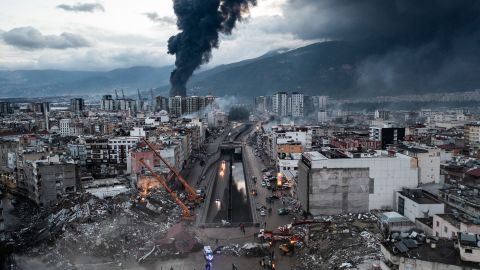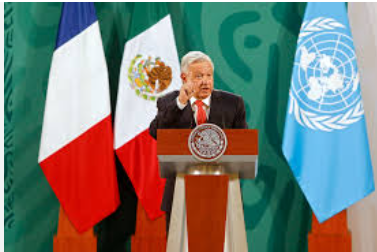Large Earthquake near Antakya, Turkey

A 6.4 magnitude tremor struck near the city of Antakya near the border with Syria, where massive quakes devastated both countries on the 6th of February.
Previous earthquakes have killed 44,000 people in Turkey and Syria and left tens of thousands more homeless.
The quake that struck near the city of Gaziantep was followed by numerous aftershocks, including quakes nearly as strong as the first.
A student at Cave Spring High School, Haylie Adams gives her insight on why she believes this earthquake was so deadly. “I believe the city of Antakya didn’t have the proper infrastructure for this tragic earthquake, which caused so many lives to be lost.”
The first quake was massive, with a magnitude of 7.8, classified as a “severe” on the official magnitude scale. It ruptured along a fault line about 100 km (62 miles) long, causing severe damage to buildings near the fault.
This was a region that has not seen a major earthquake or warning signs for over 200 years, so it has a lower level of preparedness than regions accustomed to dealing with earthquakes.
Due to the unpreparedness more than 50,000 people have died, 70,000 are injured and at least 160,000 buildings have totally or partially collapsed.
Adams now speaks on how she believes the city will recover from this. “I think the city of Antakya will take time to recover from this disaster and are going to need help from the government for expenses to rebuild and make changes for better infrastructure.”
United Nations agencies and other relief agencies have joined thousands of volunteers in both countries. The World Food Program provides millions of hot meals.
The World Health Organization (WHO) supplies hospitals with pain relievers and antibiotics.
The World Bank has pledged about $1.8 billion for reconstruction and reconstruction, and UN Secretary-General António Guterres said $1 billion to Turkey and nearly $400 million to Syria, an organization that will provide food, shelter and education.
This tragedy has opened a rare opportunity to provide more international support to people who have been neglected for too long. Researchers and organizations can help keep that window open.

Hi! My name is Kaitlyn Balci, and I am a senior this year at Hidden Valley High School. This is my second year in Journalism, and I enjoy being a part...










